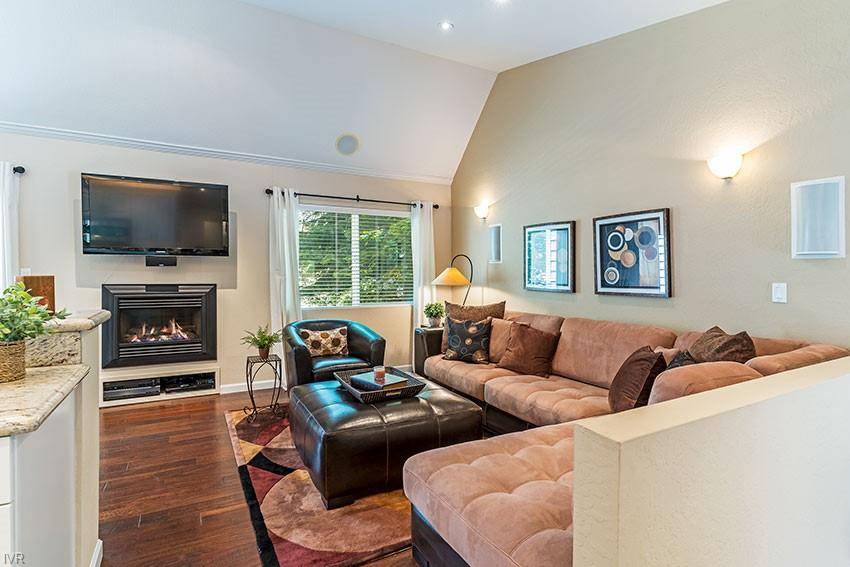Home prices increased during the first quarter of 2013 by 10.2 percent, the first double-digit quarterly increase since the “bubble” peaked seven years ago. However CoreLogic, which issued its Case-Schiller Index report this morning, cautioned this price surge is not going to last.
The company said that home prices were up in 296 of the 384 metropolitan areas it tracks compared to the first quarter of 2012 including many of the cities that were at the center of the housing bubble and where prices plummeted when it burst. Phoenix was up 23 percent, Sacramento 21 percent, and Miami 14 percent. Even troubled Detroit showed an 18 percent annual gain. In Detroit, Phoenix and Sacramento, the months’-supply of active listings is approximately three months and Miami is hovering around five and a half months. Both indicate strong sellers’ markets.
Core-Logic, however, said it expects price appreciation to slow to 5.6 percent between the first quarter of 2014 and the first quarter of 2015 as rising interest rates and home prices erode affordability and inventories of new and existing homes increase causing better balance between supply and demand. As rising prices bring more homeowners into a positive equity position many, previously unable to do so, may decide to sell, further easing upward pressure on prices, slowing appreciation even further in the out years. Over the five years beginning with the first quarter of 2013 prices are expected to rise an average of 4.0 percent

“Record levels of affordability, a slowly improving job market, and very small inventories of new and existing homes for sale will continue to drive U.S. home price appreciation during the summer,” said Dr. David Stiff, chief economist for CoreLogic Case-ShillerTM. “Although a small number of metropolitan areas show year-over-year declines, it is likely that home prices in these cities will turn positive by the end of the year.”
Three of the metros that experienced a small year-over-year home price decline are Long Island, N.Y. (-1 percent), Waukegan-Kenosha, Ill-Wis. (-2 percent) and Poughkeepsie, N.Y. (-4 percent).
New home builders are ramping up as rising home prices indicate better profits, but Core-Logic says building activity has increased more slowly than expected, due mostly to the uneven economic recovery. As builder confidence as measured by the National Association of Homebuilders has recently been soaring, Core-Logic says the pace of new construction is expected to increase more rapidly.
“Although double-digit gains usually indicate unsustainable appreciation and, possibly, bubbles in some metro areas, there is less need for concern now since home prices remain 26 percent below their peak nationally and are even lower in many metro markets,” said Dr. Stiff.
SOURCE: www.mortgagenewsdaily.com





